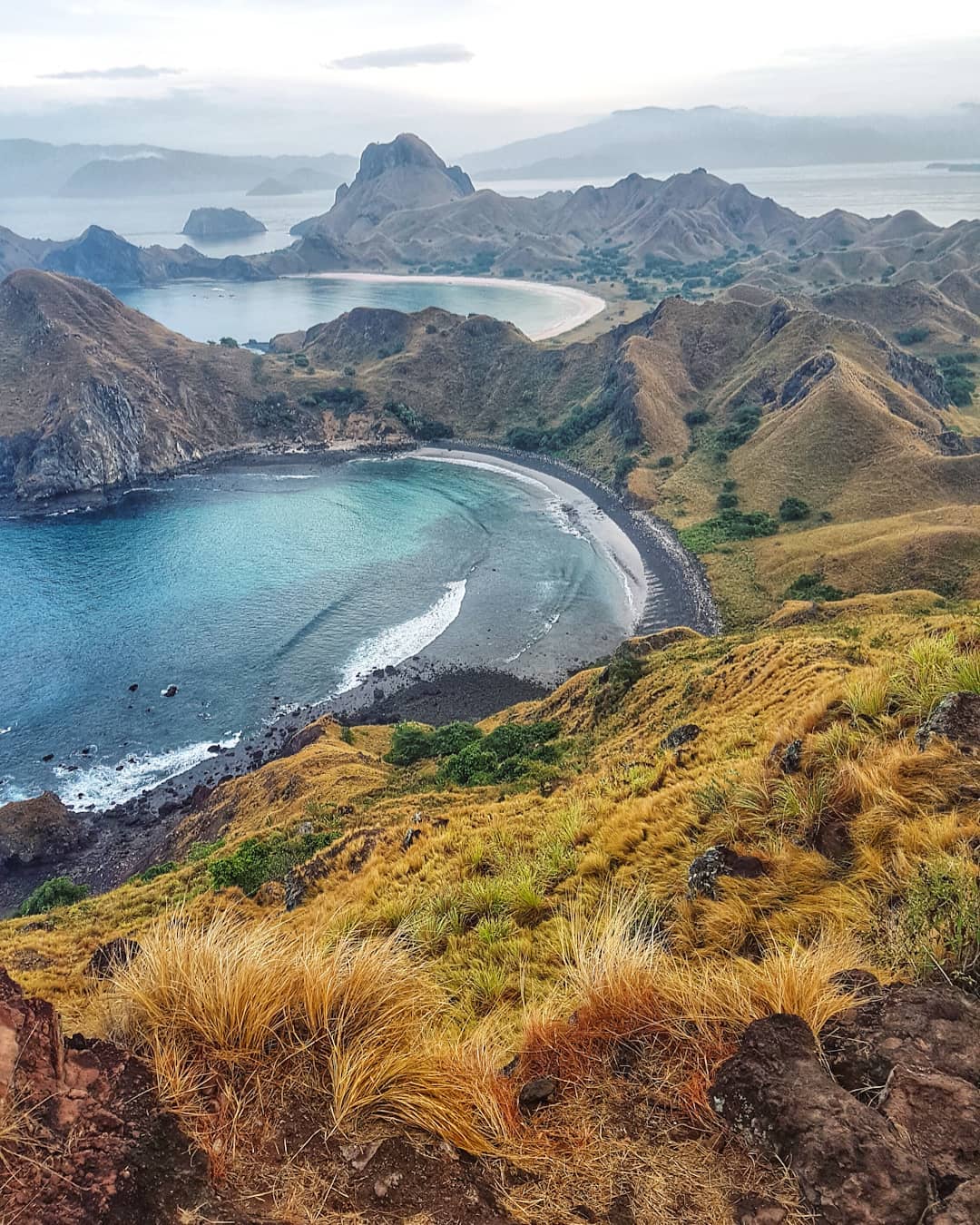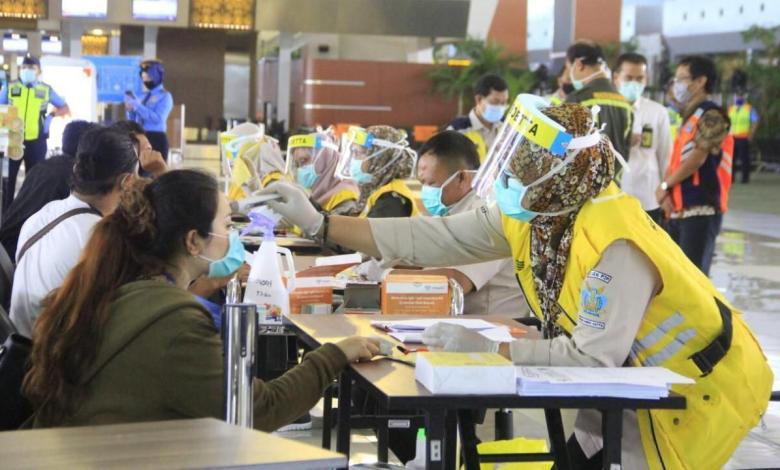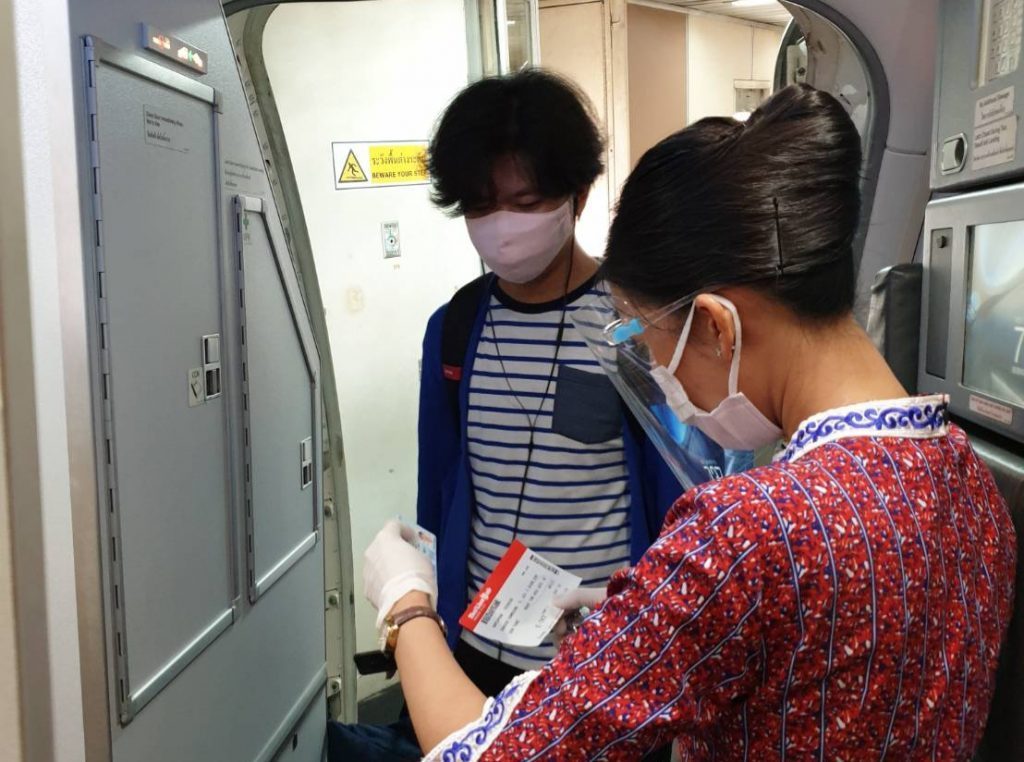Indonesia’s new COVID-19 travel requirements
It’s not only businesses in Indonesia that are reopening in the middle of the pandemic. Tourism destinations, which are eager to boost income after months of quarantine, are also starting to welcome tourists again.
Traveling is now possible, but it should be done with great caution to ensure everyone’s safety. The Indonesian COVID-19 Task Force has released a circular detailing requirements for domestic and international tourists to take note of so that they can enjoy their vacation safely.
Nature tourism is highly recommended

Ora Beach
Image credit: @_handrijay
Destinations that are popular for nature tourism might be the most feasible places to visit during the initial phases of reopening, because people won’t be crammed in an enclosed area. As Doni Monardo, head of Indonesia’s COVID-19 Task Force, announced on 22nd June 2020, tourist spots that center on nature conservation pose a low risk for COVID-19 transmission.

Padar Island
Image credit: @trails_and_thrills
For example, places such as Ora Beach and Labuan Bajo – both known for their beaches and breathtaking views – are worth considering if you are thinking about traveling in the near future.
But it should be noted that health and hygiene protocols should still be strictly followed even if the destinations in questions are deemed low-risk.
Requirements for domestic and international travelers

Image credit: Senayan Post
According to Circular Number 9 released by the Indonesian COVID-19 Task Force, there are travel requirements for both domestic and international tourists.
In addition to the most basic health and hygiene protocols such as the wearing of face masks, frequent handwashing, and practising physical distancing, tourists must fulfil the following guidelines in order to travel to and within Indonesia.

Image credit: Berempat
Domestic tourists
Domestic travelers must download the Peduli Lindungi app, which allows users to share their locations for contact tracing purposes if needed. The app also notifies users if they find themselves in red zones, or if they’re in close proximity from patients under observation (PDP).
Those who use any form of public transportation are required to show their national ID cards (KTP), as well as rapid or polymerase chain reaction (PCR) test results that are valid for 14 days. For those who live in areas where there are no hospitals that provide such tests, they can instead show negative test results of influenza-like illnesses.
International tourists
Like domestic tourists, international travelers also have to download the Peduli Lindungi app, also available in English.
Travelers who did not get tested for COVID-19 in their country of origin must undergo a PCR test upon arrival. While waiting for the results, they will be quarantined in a government facility or a hotel that’s been approved by the Health Ministry.
However, cross-border posts that do not have PCR equipment are exempt from this, and travelers coming through these posts should instead undergo a rapid test and show proof of being free of influenza-like illnesses.
Travel safely in Indonesia while keeping COVID-19 travel requirements in mind
If you do decide to travel any time soon, be sure to make an appointment with an appropriate clinic, hospital, or medical facility to get the necessary tests done. It is also important that you do enough research regarding the places you will visit and their COVID-19 travel requirements, as different regions of Indonesia may have their own specific health and hygiene protocols.
Also read:
- Maluku’s Ora Beach is in Condé Nast’s list of top 30 beaches
- Labuan Bajo to reopen in July
- Bali hotels prepare new health and safety measures
Cover image adapted from: Serayu News and Berempat
Enjoying The Smart Local Indonesia? Follow us on Facebook, Instagram, and Twitter for more stories like this.
